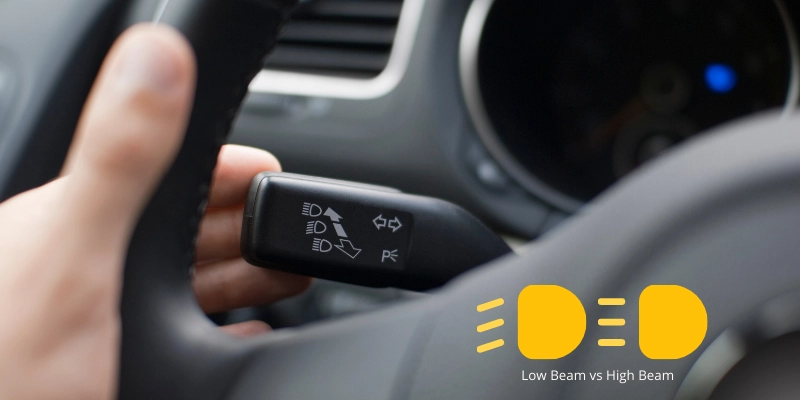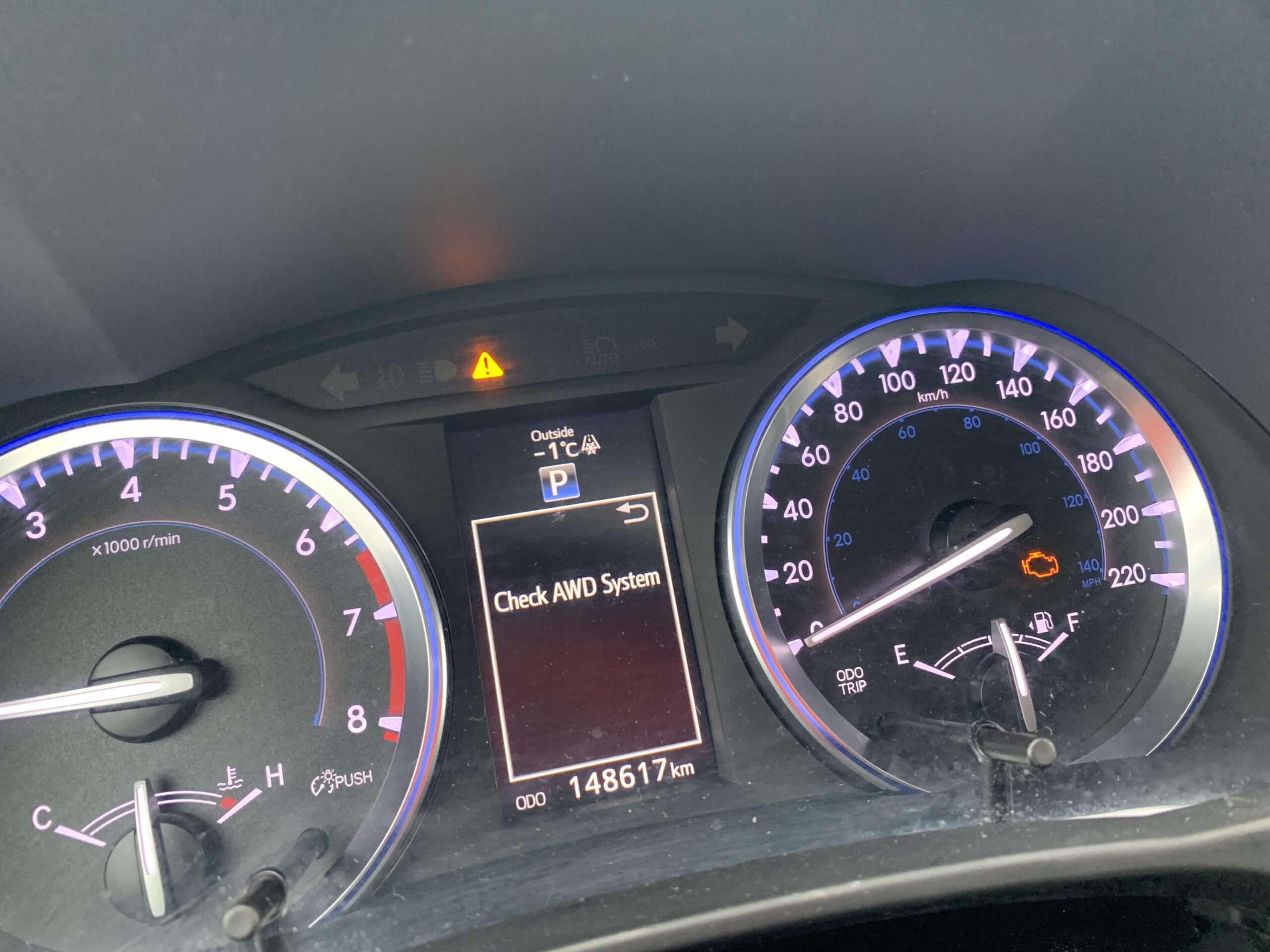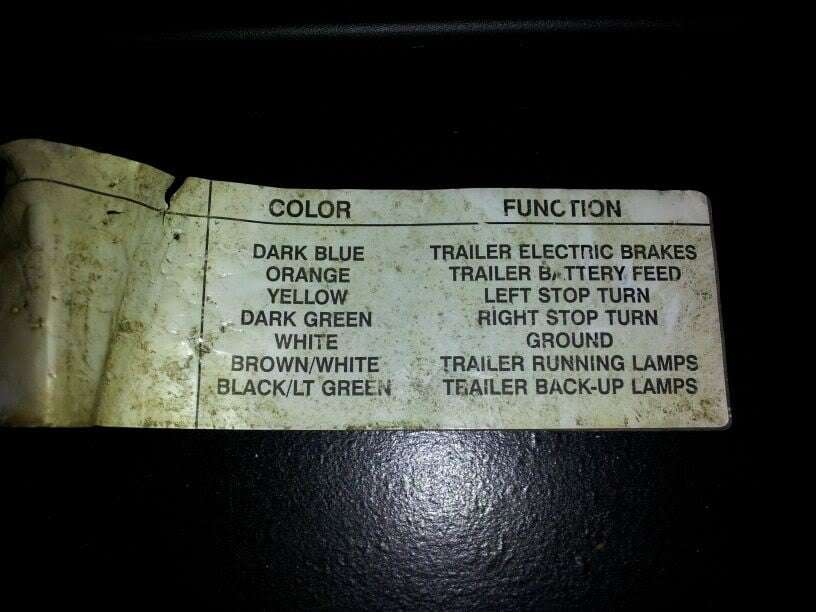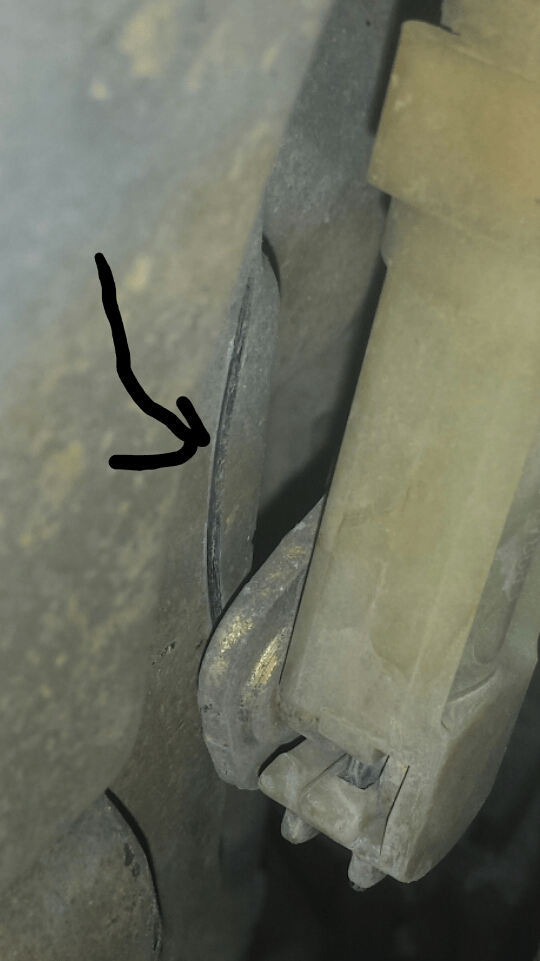Every component of a vehicle has specific functions they perform. In the case of highlights, their functions are to help the drivers see better in poor weather conditions.
Talking of components, this is where the low beam vs high beam argument comes in.
What is the difference between the two? What are the pros and cons of the low beam and high beam?
These questions and more have been well examined in this guide.
The primary function of headlights is to aid the vehicle’s visibility on the road, especially at night. It is also the way on rural roads, in foggy weather, or other unfavorable weather conditions.
All these headlights’ functions are what make driving stress-free for road users. The two specific modes of headlights are low beam and high beam.
However, headlamp manufacturers have improved considerably over the years, with the invention of headlamps that illuminates better, and in turn, minimize the rate of road accidents.
This evolution in the manufacturing of headlamps resulted in two modes – low beam and high beam headlight. Now, let’s examine the features and the pros and cons of both modes of headlight.

Low beam vs High beam – Comparison Chart
[amazon table=”7211″]
Low Beam Headlight
Low beam headlights are considered the default or standard headlight for vehicles. You’ll also find them on most vehicles.
Also known as a passing beam or dipped beam, low beam headlamps are designed to illuminate a closer range of about 40 meters ahead of your car.
They are most suitable for normal nighttime. The light from low beams is usually limited in intensity, unlike high beams.
Low beam headlights are adjusted either sideward or downward to improve visibility without blinding other oncoming vehicles on the road.
When driving in extreme weather conditions such as rain, a low beam is a headlight to turn on, improving vehicle visibility. In contrast, some people use the high beam headlight.
For instance, when you turn on your vehicle’s low beam in the rain, the light particles are more focused on the road – they don’t bounce off the cloud particles or blind any oncoming vehicle.
Aside from being perfect in a well-lit area, the moderate intensity of the light makes it ideal for places with traffic.
In other words, low beam headlights work best for visibility and navigation on roads where other vehicles are at a closer range.
Low beam headlight pros
- Best for roads with traffic and well-lit areas
- They are for everyday nighttime driving
- The low intensity of the light does not blind oncoming vehicles
- Ideal for better visibility in extreme weather conditions like fog
Low beam headlight con
- They are not ideal for extra dark roads
- They have a limited illumination range of about 40 meters
High beam headlight
A high beam illuminates a brighter light. The intensity of the light is usually higher than the low beam – this also differentiates its functionality.
In addition to their higher intensity, high beams illuminate about 100 meters onward. This is one of the reasons they are used occasionally.
High beams also illuminate forward, unlike low beams that usually dip toward the road.
Since they produce a brighter light, using them as the default headlight can be catastrophic as they may blind an oncoming driver and result in an accident.
Most vehicles have levers installed, which drivers use to control the high beam headlights. You may either have to pull or push the lever to engage the high beam – it depends on your vehicle model.
There are strict policies on the use of high beams in some jurisdictions. For safety purposes, you can quickly push or pull the lever to engage the high beam for only a few seconds.
You’d see the beam indicator showing on your vehicle dashboard when you turn on the high beam headlight. High beams are most suitable on roads without street lights.
Nevertheless, It’s ideal for turning them off when there’s an oncoming vehicle ahead. You also have to turn them off whenever a vehicle is ahead of you, as the bright light may reflect in the vehicle’s rearview mirror.
High beam headlight pros
- They give better visibility in extra dark areas
- You can signal with them by flashing the headlights
- They illuminate a longer distance of about 100 meters ahead
- They’re used for signaling, which minimizes noise pollution
High beam headlight cons
- It’s not ideal for use as a default headlight
- The intense brightness can be catastrophic when they blind oncoming drivers
- Some jurisdictions have strict policies on the use
You now have a clear insight into the features and the pros and cons of the low and high beams.
To access the low beam vs high beam argument, we should examine the differences between both headlight modes.
9005 vs 9006
[amazon table=”7224″]
Difference between Low Beam and High Beam Headlights
The significant difference between low beam and high beam headlights is the intensity of the light they produce.
Low beams are ideal for driving on well-lit roads, unlike high beam headlights designed for extra dark situations or roads with no light.
Another significant difference is in the distance of projection. Low beams can project about 40 meters, while high beams project 100 meters ahead of the vehicle.
Low beams can also be referred to as fog lamps. They help drivers see better in foggy weather.
For instance, you’ll be able to see an object or road lines. They improve vehicles’ visibility when they can’t see far ahead.
With the difference in light intensity, low beams are often used in cities with street lights.
This way, no vehicle will be blinding another with its headlight. High beams, on the other hand, can’t be used in situations or places like this.
FAQs
Are low beams and high beams the same bulb?
High beams are usually brighter than low beams, and it’s why they are ideal for extra dark places, while low beams are best for low-visibility conditions.
A high beam also referred to as the Main beam, can illuminate about 100 meters ahead of the vehicle, and it’s often illuminating forward.
Low beams, on the other hand, are often dipped or angled downward on the road.
Should you use low beam or high beam?
High beams are meant for extra dark conditions, for example, at night on the road with no street light.
Nevertheless, you should quickly turn it off as soon as you realize there’s an oncoming vehicle ahead – leaving the high beam on can blind the oncoming driver and cause an accident.
Low beams are best for regular night driving foggy weather, in the rain, or in a well-lit area. Since they’re angled toward the road, it’s easier to see road lines and objects ahead.
Can I use high beam bulbs for low beams?
Although with a little bit of tweaking, you can do it. Still, it’s not recommended that you do this, as there are strict policies on using high beams in many places.
High beam and low beam bulbs have different but unique uses. This is why their functions should not be altered, because the result may be catastrophic.
For instance, using a high beam as your default headlight can be disastrous as it will most likely be discomforting for oncoming vehicle drivers.
What are low beam headlights used for?
Low beam headlamps are angled to focus on the road, considering their short range of illumination. They brighten about 40 meters ahead.
Also, low beams are considered the standard and default headlight. The headlamp won’t be straining the eyes of motorists or pedestrians as well.
Contrasting to many drivers’ belief that high beams are meant for extreme weather conditions, it’s not.
Low beams are the most suitable to perform this function and better improve vehicle visibility. They help drivers see objects and road lines ahead.
Is H11 low beam or high beam?
Low beam bulbs like H11 are less brighter. This means that they illuminate less intensive light compared to high beam bulbs like 9005.
Final words
The days when different vehicle bulbs are installed for both modes are far behind. A modern vehicle with a single bulb can boast dual filaments – one for high beam and another for low beam.
Nevertheless, some luxurious and high-performance vehicles still come with separate headlight beams, usually halogen bulbs and LED.
Nevertheless, there’s a clear difference between low beam bulbs and high beams. As mentioned earlier, their significant differences are the light intensity level and the different functionality of both bulbs.


















